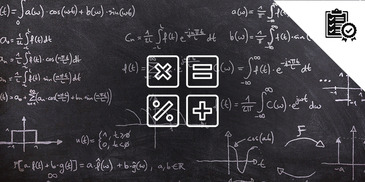
Students use their timed test scores to create a bar graph that compares their progress in learning math facts.
- Subject:
- Mathematics
- Material Type:
- Lesson Plan
- Provider:
- BetterLesson
- Date Added:
- 12/01/2022


Students use their timed test scores to create a bar graph that compares their progress in learning math facts.

Students review how to make bar graphs, line plots, and pictographs by tallying the contents of snack mix and building graphs to show their data.

Multiple graphs can represent the same data set and make the information easier to understand.

Creating their own building is a hands-on, minds-on way for students to explore how polygons create 3D solids.

Students will determine within number sets which digit is "greater" or "less"

Students will learn how to find the Greatest Common Factor of two or more numbers by using math manipulatives.

Students have been working with pictographs and bar graphs. Now they take their learning a step further by working with Venn Diagrams.

Learn about probability concepts with fun learning games including Algebra II Jeopardy, Deal or No Deal, Decisions Decisions, Show Time, Playin' against All Odds, and more.

Hexagons are tricky! So close to stop-sign octagons, yet far less common. Plenty of practice is provided here.

7, 8, 9, 10, 11, 12, Now Stop and Turn It Around! That is the idea today as the students are introduced to the idea of counting back to 1.

The students will be using real life data to create and analyze histograms. They will be surveying their classmates and using data from other grade levels to compare same topic information in a histogram.

Students will see how an actuary uses histograms to analyze the frequency of events to determine risk.

This colorful, fun, festive free download was a surprise highlight during the busy holiday season!

SWBAT identify the subtraction and addition sign and understand their function by hopping a bunny up and down a number line.

Do students have any idea of what a foot really is? This lesson will have students measuring objects and making predictions about the length of objects.

How far do I have to walk in order to make 1 mile? Students measure, add, and figure it out.

Students love to have choice and move around the classroom in this measurement lesson that begins with a beloved picture book.

SWBAT make a connection between number names and written numbers to the quantities they represent. They will also practice ordering numbers and quantities up to 12. Students will also document a solution to a problem

This lesson is a real world task that combines many skills the students have learned throughout the school year.

SWBAT order a set of numbers and quantities up to 12 and compare two quantities up to 10 to see which one is greater. The students will also demonstrate their knowledge of how the numbers in the counting sequence are related (that each number is 1 more or 1 less than the number before or after it).